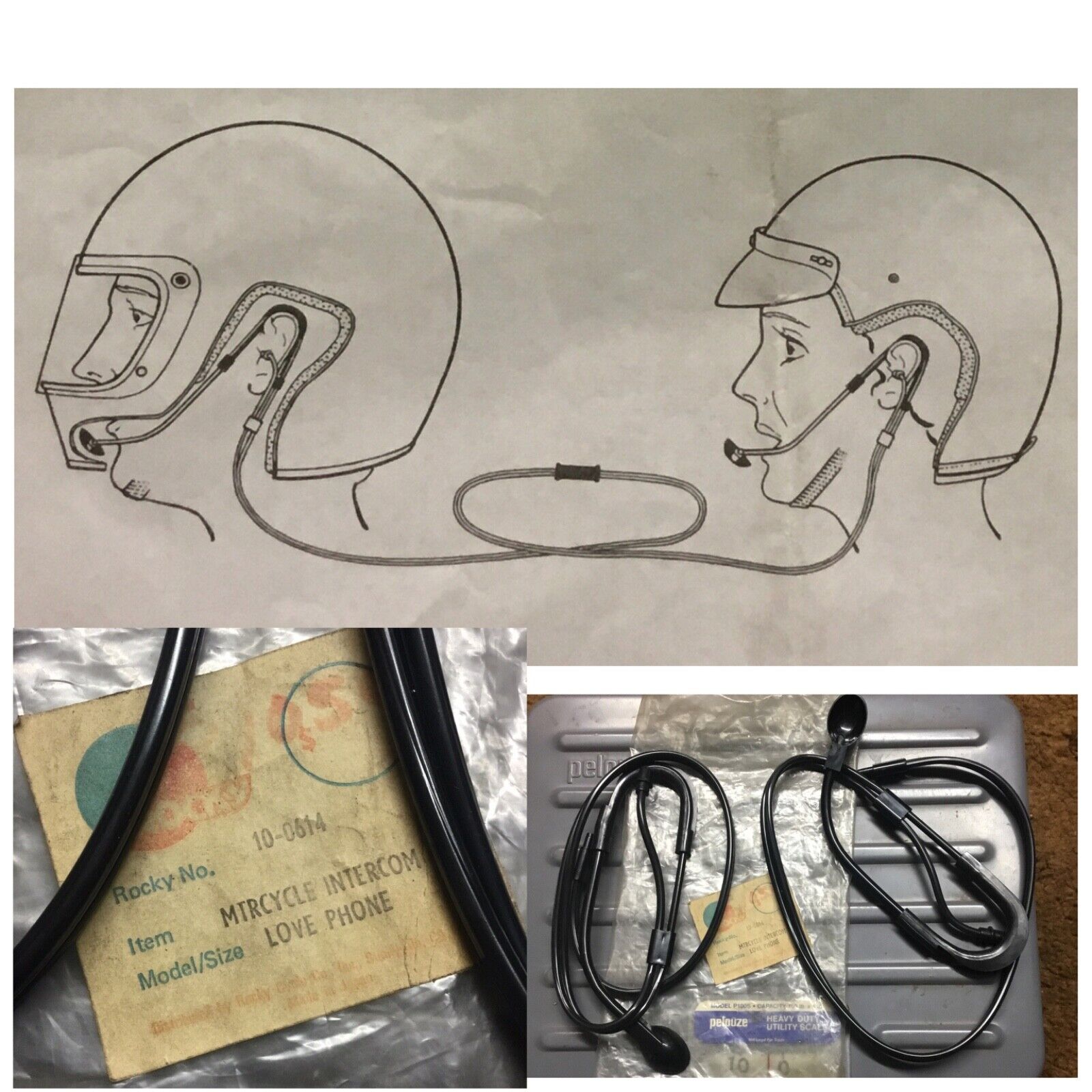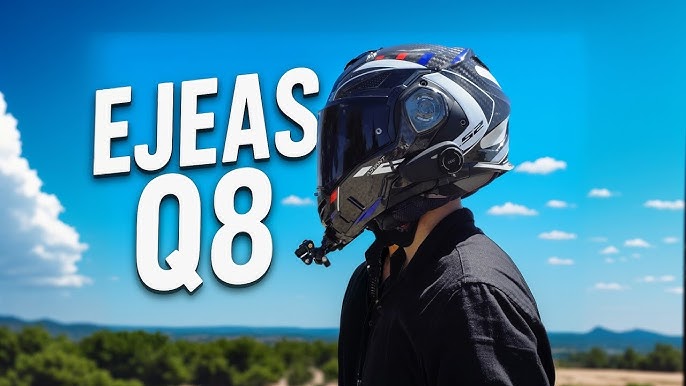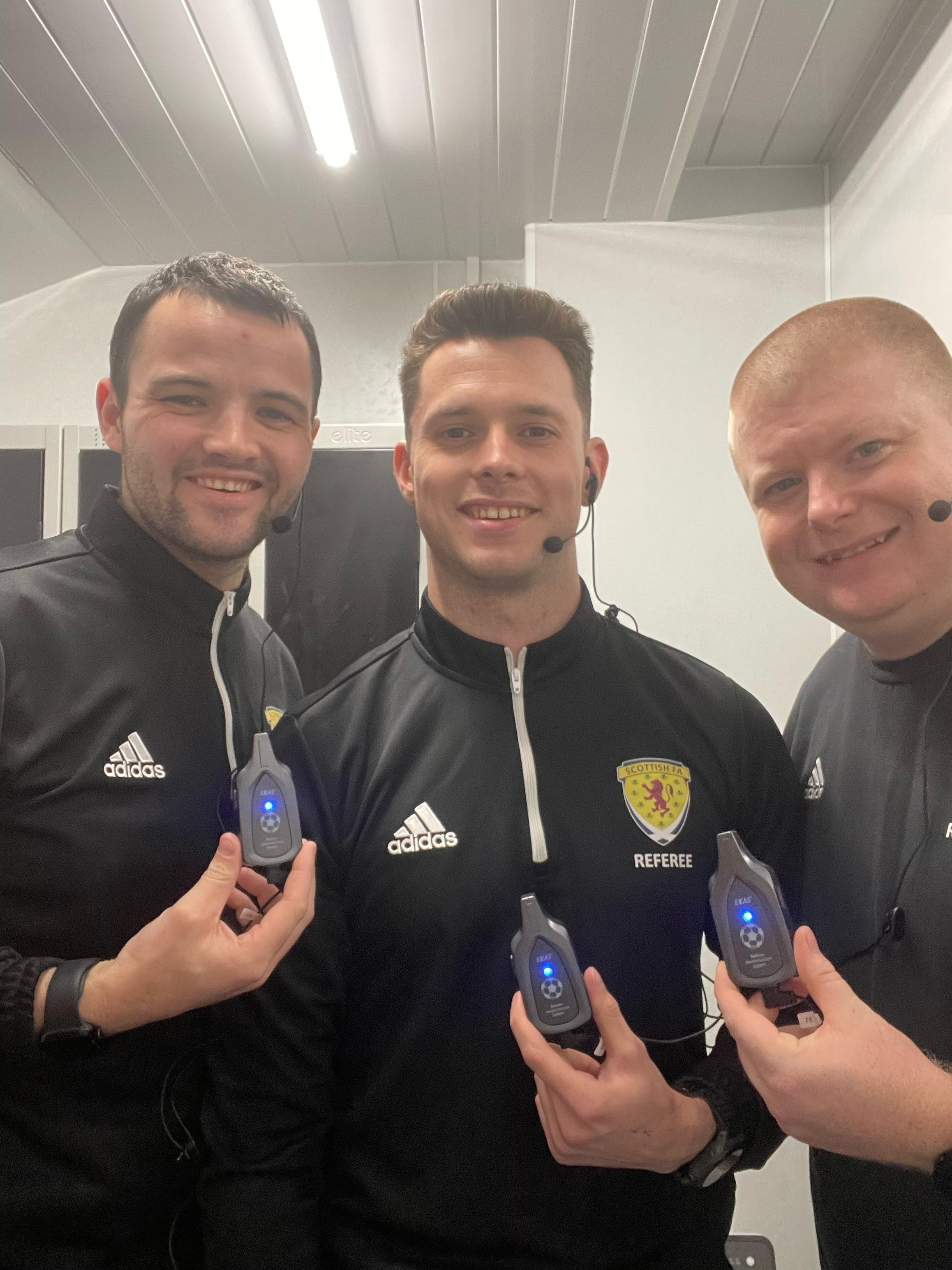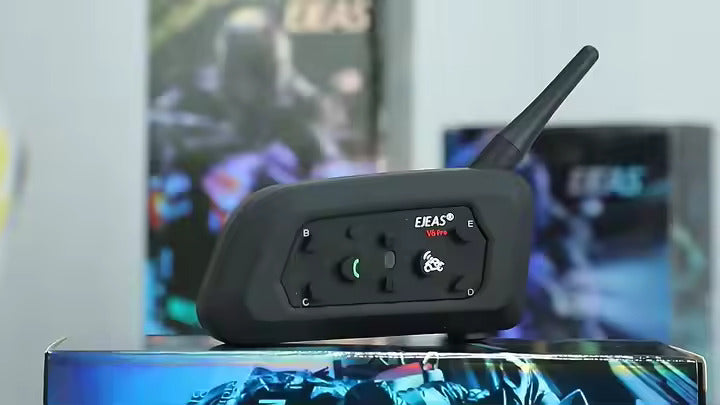
Before the advent of motorcycle intercom systems, motorcyclists relied on a combination of traditional communication methods and non-verbal cues to communicate with riding companions and navigate while traveling together. Here are some ways people managed motorcycle travel without intercoms:
Hand Signals
Motorcyclists developed a standardized set of hand signals to communicate essential information while riding. These signals include gestures for turning, slowing down, stopping, and pointing out hazards. Riders would use these signals to convey their intentions and share information with fellow riders.
Pre-Ride Planning
Before setting out on a journey, riders would discuss the route, stops, and any planned detours. This ensured that everyone had a general understanding of the day's itinerary and could anticipate the route.
Lead and Sweep Riders
In group rides, it was common to designate a lead rider and a sweep rider. The lead rider would set the pace and make decisions about turns and stops, while the sweep rider would stay at the back to ensure that no one got left behind.
Map Reading
Riders often carried paper maps and atlases to navigate. Stops along the way would include map checks to ensure everyone was on the right route.
Scheduled Stops
Group rides would include scheduled stops at predetermined locations (e.g., gas stations, rest areas, or scenic viewpoints) to regroup and communicate. These stops provided an opportunity to catch up, discuss any changes to the route, and take breaks.
Roadside Communication
If riders needed to communicate while on the move, they would use non-verbal cues such as hand signals or flashing headlights. In some cases, riders would pull over at a safe spot to discuss matters in person.
Paper Directions
Riders might have written directions or cues on paper that they could reference when navigating. These directions would be distributed to all riders before the ride began.
Scenic Stops
Group rides often included stops at scenic spots or points of interest. These stops allowed riders to enjoy the scenery, take photos, and engage in conversation.
Shouting
In some cases, riders would shout to communicate with each other, especially if they were riding in close proximity and could hear each other over the noise of the engines.
Non-Verbal Communication
Riders would use hand signals and body language to convey information about road conditions or hazards, such as pointing to a pothole or signaling to slow down.
While motorcycle intercoms have made communication among riders much more convenient and efficient, the absence of such technology did not prevent motorcyclists from enjoying group rides or long-distance travel. They relied on effective planning, coordination, and non-verbal communication methods to ensure a safe and enjoyable riding experience.






Share:
The Benefits of Motorcycle Travel
A motorcycle bluetooth intercom is a communication